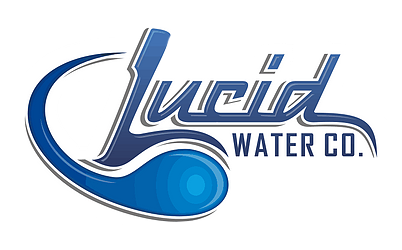How the reuse of waste can become the new recycling.
The world is changing for the better, but not at a fast-enough pace as far as waste is concerned. Businesses and consumers create tons of waste daily, and the majority of this is not compostable, but recyclable. Plastic waste is one of the biggest problems and China stopped accepting plastic for recycling in 2018. Studies have shown that unfortunately, only 9% of plastic gets recycled globally.
Plastic waste in Canada often finds its way into the water system and it can then travel all the way to the Atlantic and Pacific Oceans. One of the most endangered marine animals, the leatherback sea turtle, often die of starvation after mistakenly swallowing floating plastic waste that deceivingly looks like jellyfish. Plastic is not only a threat to turtles, but to all other sea life and eventually us.
Recycling efforts in British Columbia, especially for plastic waste, have one of the highest rates on the continent with 94% of plastic actually getting recycled.
Unfortunately, contamination causes 6% of the plastics to end up in landfills. Contamination comes from mixing up recyclable items or when they are covered in oils or sauces. This figure is very low and this success is due to education efforts across the province. Municipalities in Vancouver and other towns have also played a major role in ensuring public awareness. However, cities like Toronto and Edmonton have higher contamination rates at 25%.
Stores in BC are charged a packaging fee for every material that their consumers will eventually recycle. This ensures that the recycling efforts in the province are funded by the companies that are generating the waste.
What happens to recycled plastic?
One of the biggest problems is that there is too much plastic waste and many people feel that companies that create this are happy to be getting away with just paying a tax and not having to worry about where it ends up.
Recycled plastic is actually “downcycled” because it becomes a lower grade material after recycling. It can still be FDA approved as food-grade packaging but it can also be used to create textiles, plastic lumber, and other items. However, when it is turned into fleece, the clothing produced from this shed plastic microfibres when washed. These cannot always be effectively caught in wastewater treatment plants.
Treatment plants actually remove 1.8 trillion particles annually, but 3 billion are believed to leak into the ocean and one study has shown that at least one piece is found in every shellfish on the BC coast.
How can the waste problem be addressed?
Waste generation is the problem and recycling may not be the solution to it. There are three principles in waste management that will help us create a more sustainable environment on our planet and they are known as the “three R’s” – Reduce, Reuse, and Recycle.
The correct hierarchy of these is the way that they are written: first, reduce, followed by reuse and, the final step, to recycle.
Consumers want to help the environment and re-usable packaging, biodegradable packaging, and cosmetics that don’t contain micro-particles can form part of their strategy.
However, companies also have to actively participate in finding packaging solutions. For now, reducing contamination of recyclables is the best way for the citizens of BC to ensure that everything is recycled. Waste can be reduced if all citizens take a more responsible stance and cut down on their waste, reuse as much as possible and buy from stores with an environmental conscience.
Lucid Water Co. is a great example of a company with an environmental conscience. We offer a solution to reducing your use of single serve plastic water bottles. With a Lucid self filling water dispenser or under counter filtration system, you can easily refill your reusable water bottles instead.


